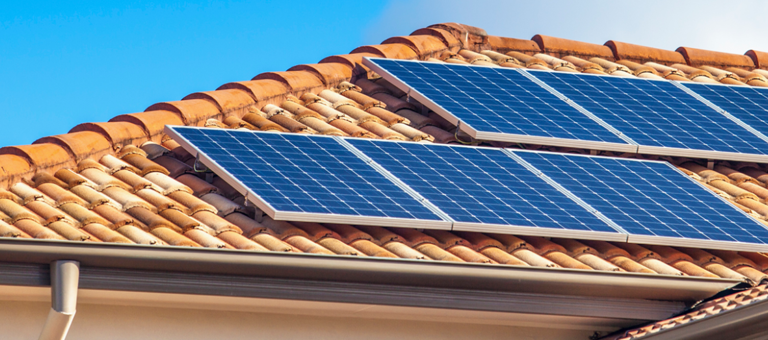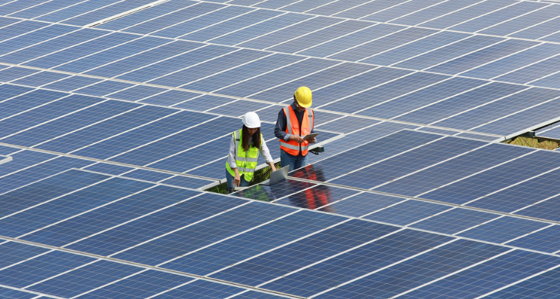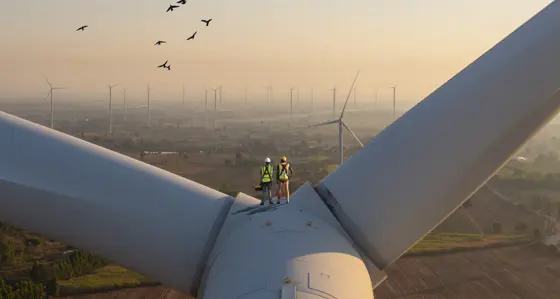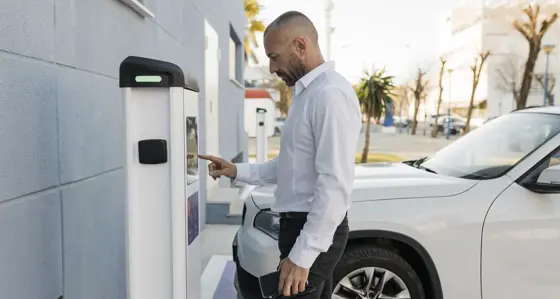
Cost benefit assessment of Australia's future Distribution System Operator (DSO) frameworks
8 October 2020
On 8 October 2020, Australia’s energy market operator (AEMO) and peak energy networks group (ENA) published our cost benefit assessment (CBA) on the different future Distribution System Operator (DSO) frameworks explored through the Open Energy Networks (OpEN) project.
The full report can be found below or on the AEMO website here and the ENA website here.
As part of a wider set of Australian energy reforms co-ordinated by the Energy Security Board (ESB), the OpEN project was set up in June 2018 as a joint AEMO and ENA initiative, seeking stakeholder consultation and input on the best way to integrate Distributed Energy Resources (DER) into the grid. The project developed four high level frameworks to illustrate different market design options that might support the effective integration of DER. These frameworks were:
- Single Integrated Platform (SIP): The single platform model envisages a unitary point of entry to the entirety via AEMO as the market operator, effectively an extension of the wholesale market.
- Two Step Tiered Platform (TST): A layered distribution level platform interface operated by the local distribution network and an interface between the distribution network‘s platform and AEMO.
- Independent DSO Framework (IDSO): This is a variant of the TST, whereby an independent party – a DSO is separate from AEMO and the distribution utility.
- The Hybrid Framework (Hybrid): Seeks to combine the SIP and TST frameworks, whereby AEMO runs a single market platform, but DSOs remain responsible for operating the distribution networks, accessing the market platform to help resolve distribution constraints.
In June 2019, Baringa Partners was appointed to undertake an independent CBA of these frameworks. The aim of the assessment was not to ‘pick a winner’, but to explore the case for change to move to any of the frameworks, and then identify the relative strengths and weaknesses of each framework to help understand the circumstances which might drive one framework over others. We engaged with industry stakeholders to provide the required inputs to both the quantitative and qualitative assessments for each of the frameworks.
We found that there is a clear value in integrating DER into the Australian electricity system, which becomes very significant in a high DER-uptake environment. Although all of the frameworks may be capable of delivering this value, there may need to be a choice made over the different directions of travel captured within the frameworks. In making this choice, we are conscious that the TST and SIP frameworks represent contrasting end-points of market design, and a natural conclusion is that the Hybrid framework represents a pragmatic solution which can bring the best of both frameworks and avoid the weaknesses. As a next step, we therefore recommend trialling a range of hybrid frameworks across Australia, reflecting various flavours of the TST and SIP.
The report is available to download below, or from AEMO here and ENA here.
Related Insights

Asia’s power markets: Poised for investment
Asia's electricity demand is projected to increase significantly in the coming decade, driven by increasing market and economic growth.
Read more
The future of European CfDs
Contracts for Difference have been successful at increasing competition, accelerating capability buildout and stabilising prices in many European states.
Read more
Asian LNG markets: evolution and growth in response to the war in Ukraine
The rapid reduction in Russian gas exports to Europe has resulted in an unprecedented reshuffling of LNG trade dynamics.
Read more
Commercial fleet electrification – adoption is accelerating, but barriers remain
With 50% of new car registrations in the UK being registered by businesses, it’s vital for companies to start electrifying their fleets.
Read moreIs digital and AI delivering what your business needs?
Digital and AI can solve your toughest challenges and elevate your business performance. But success isn’t always straightforward. Where can you unlock opportunity? And what does it take to set the foundation for lasting success?